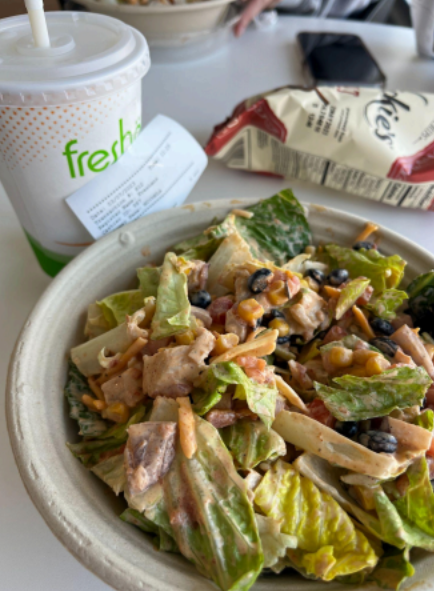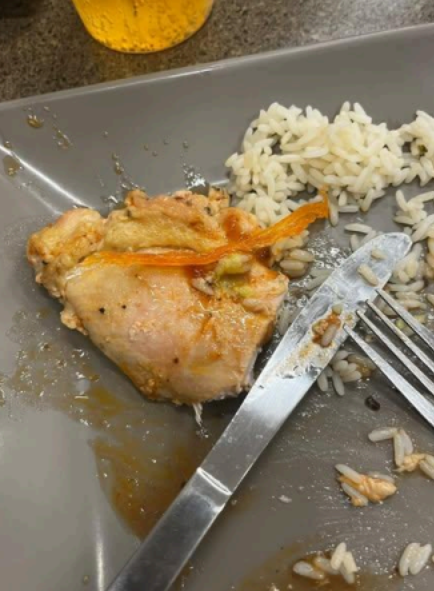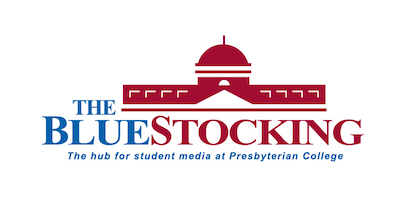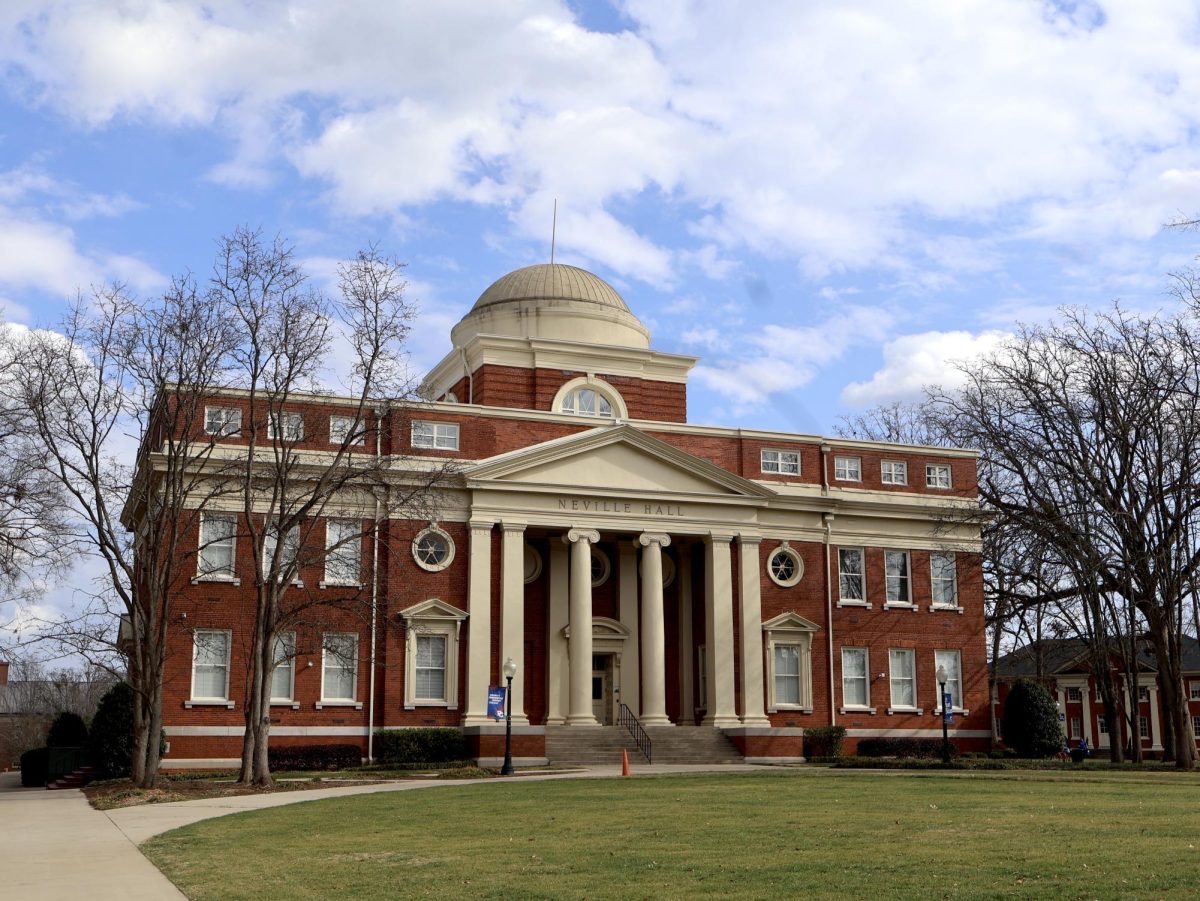Abstract:
Injuries, health problems, eating disorders, and lack of energy can all be linked to one thing: food.
“Food is fuel” is something that most people, athletes, and non-athletes alike, have heard. This statement is true when applied to college athletes and students, especially in Presbyterian College, South Carolina, where the quality and availability of food have become a significant concern for students and faculty. This issue may impact the entire PC community making it difficult to maintain proper nutrition throughout the day.
Introduction
Proper nutrition is fundamental to both physical and mental well-being, in particular for college
students managing academic and extracurricular commitments. Nutritionists claim that up to 80
percent of sports performance and recovery comes directly from nutrition and fueling.¹
Presbyterian College is made up of 71.6 percent student-athletes, and knowing that we would
expect the university to meet the basic nutritional needs of these students. However, there are
concerns about whether these needs are being adequately met. This issue of nutrition and fueling
matters to everyone from student-athletes to regular students, even affecting recruits, coaches,
faculty, and staff.
Concerns over Food Quality and Accessibility
Looking at the food options available to attendees, many concerns present themselves. Some of
these things include food that has been stored over time making it not as fresh, long lines to wait
in for lunch, and expensive salads/sandwiches in the pod. These concerns highlight the lack of
quality and options, unrealistic pricing, and inaccessibility with the extended lines and wait times
for students and staff who need to get a meal before their next class or practice.
Health Implications of Poor Nutrition
Poor nutrition negatively impacts a student’s physical health in addition to their mental health.
During the first year of college, a student’s odds of developing an eating disorder increase by 30
percent. For male student-athletes, the odds rise to 19 percent, and for female student-athletes,
they rise to 45 percent.² This is just from attending a large Power Five school, which offers
countless options. So imagine how these odds increase on this campus. During an interview with
a former student-athlete on this campus, when asked to describe the food, dining options, and
nutrition quality, she described the food as “dissatisfying,” and stated it was, “impossible to meet
macros and achieve health goals with what is offered on campus.” Furthermore, she discussed
the stress she felt as a freshman when having to think about dining options and the times
available to her. She even implied that the serious injury she sustained could have been partly
due to inadequate fueling throughout the season.
Impacts on Health and Performance
A non-athlete student (Omar S., personal interview, January 27, 2025) pointed out the “lack of
exceptional quality” and how “difficult it is to find nutrient-dense foods like vegetables and lean
meats in good condition.” However, this student did end up further explaining how Freshens
opening has offered a wider variety of healthy options and in addition has been a great change,
offering students more balanced choices. Despite the long wait times, the variety of healthier
selections is seen as a positive step toward meeting the nutritional needs of the campus. While
that step may be small, it has been able to provide people with an optimistic outlook on the
progress PC is capable of making. Even still, an interview with one food employee (Eaint,
personal interview, January 28, 2025) revealed food shortages and a lack of proper preparation when preparing meals for the day: “The kitchen staff sometimes experiences food shortages and
has to prepare additional meals unexpectedly. On busier days, this can lead to delays or
inconsistencies in food availability.” This could explain the “lack of fresh vegetables” and the
“hit-or-miss” environment of food taste and quality on campus.
The Need for a Change
After hearing from a student-athlete, a student not involved in athletics, and a current employee
who works directly in the food service and preparation industry, it is undeniable that the food
quality, options, and taste are less than satisfactory. In speaking with the head women’s soccer
coach, Matt Smith, at Presbyterian College, he described the food as “basic,” agreeing on the
“hit-or-miss” environment at GDH. Coach Smith, when asked about limited options and
satisfactory fueling for athletes on campus, who once again make up 71.6 percent of our
attendance, agreed that options are limited and the school does not provide the best options for
athletes, which negatively affects their performance, recovery, and energy levels. He noted the
long-term effects of these less-than-ideal nutrition options create a “low-performance ceiling” for
athletes on campus.
Conclusion
According to the 2023-24 season, considering all sports, Presbyterian College
ranked eighth out of nine schools in the Big South Conference on overall performance and
results. High Point University, which in the same season had almost double the results of
Presbyterian College, is ranked number 33 in the country when compared to other universities in
food quality, taste, and options.³ This demonstrates the impact of food on athletic performance
and recruiting.
One final discussion that must be addressed is the way that students and student-athletes are
expected to perform in both the classroom and on the field or on the court without proper
nutrition. Everybody on the campus has demanding workloads and tasks, and food is extremely
important to fuel our bodies throughout the day, so easier accessibility and fresh quality is something we want to strive for. Thankfully, the addition of Freshens has opened the doors for these opportunities and is the start of improving both accessibility and quality. In conclusion, our eating habits and health will be just as important as our education, so it is vital that we begin to create these healthy eating habits as early as we can.
¹American College of Sports Medicine. (2024). The role of nutrition in sports performance and recovery.
²Next College Student Athlete (NCSA). (2024). Presbyterian College student-athlete participation rate.
³Big South Conference. (2024). 2023–24 Big South Conference sports standings.

















